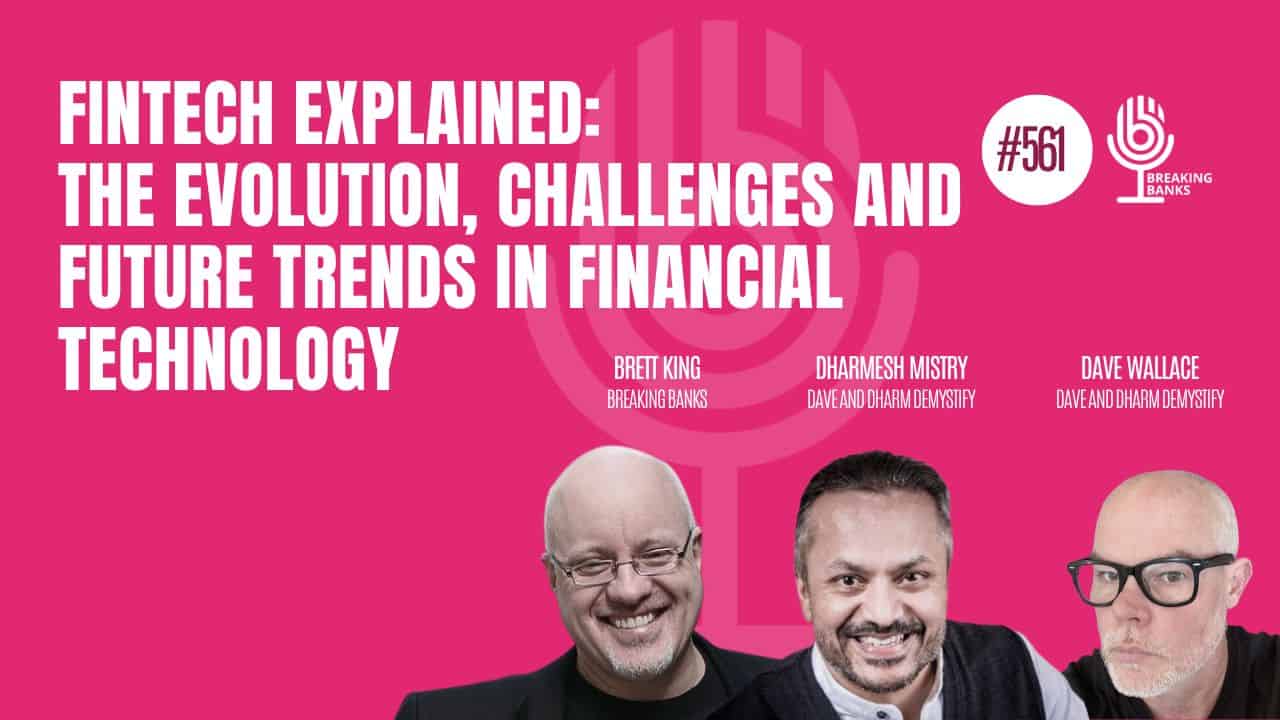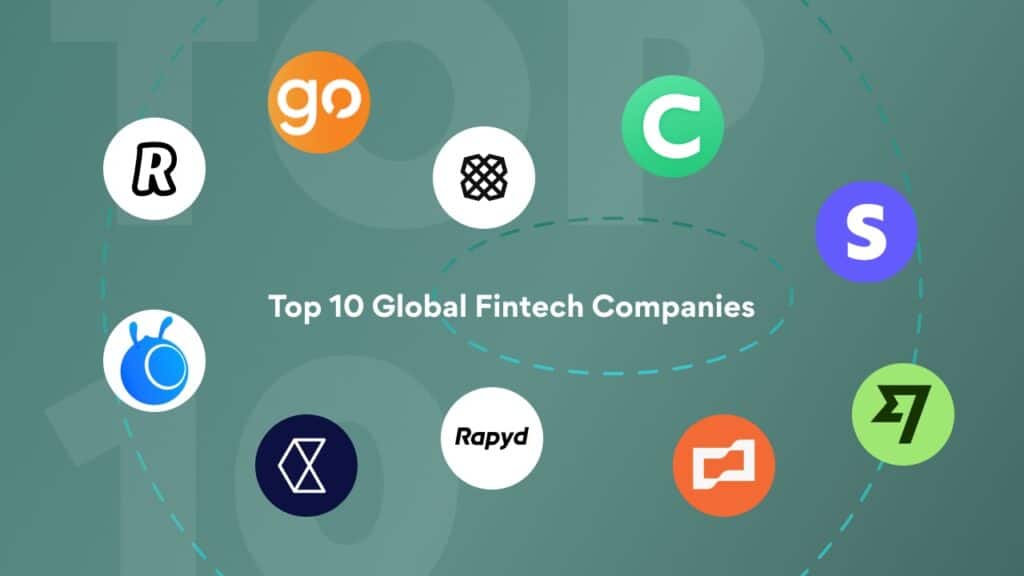
Financial technology, commonly known as “Fintech,” has become a cornerstone of the modern financial landscape. Its rapid evolution has disrupted traditional banking models, leading to innovative solutions that cater to the demands of consumers and businesses alike. But what exactly is fintech, and how is it reshaping the financial services industry?
In its simplest form, fintech refers to technology-enabled financial services and products. It encompasses everything from mobile banking apps and digital wallets to advanced systems using artificial intelligence (AI) and blockchain. This blog post dives into the core aspects of fintech, its history, challenges, and where the future may take us.
What is Fintech?
Fintech can be broadly defined as the use of technology to improve and automate the delivery and use of financial services. The term “Fintech” has evolved significantly since its early days, when it was primarily associated with back-end systems for banks. Today, fintech covers a vast array of services and technologies aimed at transforming how individuals and businesses manage money.
What are the key areas of Fintech?
Key Areas of Fintech Include:
- Digital payments: Apps like PayPal, Venmo, and Apple Pay make transferring money quick and easy.
- Cryptocurrency and blockchain: Cryptocurrencies like Bitcoin and Ethereum are based on blockchain technology, which offers a decentralized way to conduct and record transactions.
- Lending platforms: Peer-to-peer lending and alternative credit scoring models help borrowers access funds outside of traditional banking systems.
- Robo-advisors: Automated platforms that provide algorithm-driven financial advice with little to no human supervision.

The Origins and Growth of Fintech
The term “fintech” first appeared in the early 1990s, but it wasn’t until the 2010s that it became widely recognized and integrated into mainstream financial services. On a recent episode of The Breaking Banks Podcast all about “demystifying fintech,” host Brett King explained that as internet-based services grew, the financial sector saw a wave of innovation. Companies like PayPal were among the early players, offering faster, more convenient ways to transfer funds online. This set the stage for further advancements in digital banking and payments, spurred by growing consumer demand for seamless, tech-driven solutions.
However, while fintech has rapidly expanded, it wasn’t always associated with consumer-facing services. Early on, many innovations were confined to back-office functions within banks. It wasn’t until the smartphone revolution, combined with increased internet penetration, that fintech became part of everyday life. By 2012, the term “fintech” had entered common usage, and since then, the sector has skyrocketed. A Google Trends search shows a significant spike in searches for “fintech” starting in 2012, indicating the public’s growing interest in the topic.
The Role of Fintech in Traditional Banking
Fintech is often seen as a disruptor to traditional banking, and for a good reason. Banks have traditionally relied on physical branches and face-to-face interactions with customers. In contrast, fintech solutions provide a fully digital experience, which is particularly attractive to younger, tech-savvy consumers.
One major area where fintech has made an impact is net interest income (NII), which is a key component of banks’ earnings. As more of these solutions enter the market, banks have had to reconsider their strategies to stay competitive. Traditional models that focus on gathering deposits at low interest rates and lending them at higher rates are becoming outdated as this technology offers more efficient alternatives.
Some companies are providing better credit risk management through data-driven algorithms. For instance, companies like Alipay have mastered the art of using customer cash flow data to offer more accurate lending products. This approach often results in lower non-performing loan (NPL) ratios compared to traditional banks.
The Future of Banking: AI and Automation
As fintech continues to grow, artificial intelligence (AI) is playing an increasingly important role in shaping the future of banking. AI-driven solutions are transforming everything from personalized customer experiences to automated payment systems. One of the most promising trends is the development of AI-based banking agents that can handle tasks ranging from making payments to offering financial advice.
Imagine a future where your bank is no longer a physical entity, but an AI-powered assistant that helps you manage your finances. From deciding whether to buy a house to optimizing your investments, AI will become a seamless part of everyday financial decision-making. As more banks integrate AI, they are expected to reduce operational costs. This will increase efficiency and provide better customer experiences.
Challenges in Fintech Adoption
Despite its rapid growth, the industry faces several challenges, particularly in regulation and security. Fintech companies operate in a heavily regulated environment. Therefore, compliance with financial laws can be a daunting task. Traditional banks are often slow to adopt new technologies due to legacy systems and regulatory hurdles.
Cybersecurity is another critical issue. As fintech relies on internet-based services, it is vulnerable to cyberattacks. The integration of quantum computing in the future could pose additional challenges to financial encryption methods. Banks and fintech companies must prepare for a future where quantum computing could potentially break existing encryption, leaving customer data exposed.
The Role of Mergers and Acquisitions
One of the most significant trends in fintech today is the increasing number of mergers and acquisitions (M&A). Large banks and financial institutions are looking to acquire these powerhouse startups to bolster their digital offerings. For example, JPMorgan Chase has acquired over 40 fintech companies since 2020. They also maintain partnerships with more than 1,600 fintech startups globally.
M&A activity is particularly important for banks seeking to stay relevant in an increasingly digital world. As fintech companies continue to develop cutting-edge technologies, traditional banks face the dilemma of whether to build or buy these solutions. Many are opting for the latter, partnering with fintech firms or acquiring them outright to stay ahead of the curve.
The Future of Fintech: What’s Next?
The future of fintech is undoubtedly exciting, with technologies like blockchain, AI, and quantum computing poised to reshape the financial landscape. As these technologies mature, we may see the rise of smart banks that operate almost entirely through AI and automated systems. These future banks may no longer be recognizable as financial institutions in the traditional sense but as technology-driven companies that manage all aspects of finance, from payments to loans.
Fintech, explained simply, is not just about digital banking or online payments. It’s about rethinking the way financial services are provided and making them more accessible, efficient, and secure. Whether through AI-driven assistants, smart contracts, or blockchain-based transactions, fintech is here to stay and will continue to drive innovation in the financial sector for years to come.
Fintech represents a massive shift in how financial services are developed, delivered, and consumed. As more innovations come to light, the financial services industry will continue to evolve. This will offer new opportunities and challenges for businesses, consumers, and regulators alike. We encourage you to listen to any of the informative fintech podcasts found on Provoke.fm to learn more about fintech.